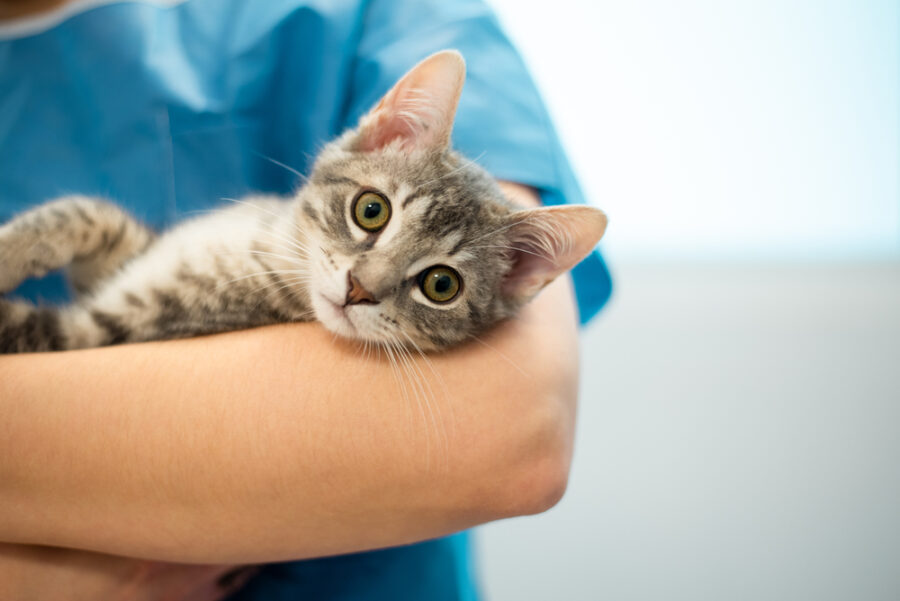Addressing challenges and embracing solutions can lead to responsible antimicrobial use.
Antimicrobial stewardship is a critical aspect of healthcare that extends beyond human medicine, embracing the interconnected health of animals and humans. This one-health problem involves the collective efforts of medical professionals to preserve the effectiveness of antimicrobials.
Antimicrobial stewardship is especially pertinent in feline veterinary care, where the overuse and improper application of certain antimicrobials, such as cefovecin, a third-generation cephalosporin crucial to human health, pose significant risks of antimicrobial resistance.
A recent paper describes antimicrobial stewardship challenges faced by veterinarians working in feline practice.
The Challenges Faced by Veterinarians
As far as antimicrobial stewardship in feline veterinary practice is concerned, veterinarians find themselves grappling with distinctive challenges that demand tailored interventions. The choices between oral and injectable antimicrobials, client expectations, and the convenience of long-duration injectables from critically important classes in human medicine present a complex landscape. Recognizing the unique characteristics of feline pharmacokinetics, the pressure from clients, and distinguishing diseases that mimic bacterial infections but don’t necessitate antimicrobials, such as feline idiopathic cystitis, further complicates the decision-making process.
A crucial aspect of this challenge is rooted in the preferences of cat owners and veterinarians for oral versus injectable antimicrobials. For example, veterinarians can underestimate the client’s ability to administer oral medication, which results in the overuse of cefovecin in cats. Bridging such gaps requires a multifaceted approach, encompassing education, structural innovations, and collaborations across various stakeholders.
The paper suggests targeted, theory-informed educational engagement with veterinarians and cat owners. This educational initiative should not stand alone but be complemented by structural-level innovations that span diagnostic testing, antimicrobial formulations, medical records technology, and veterinary practice structures.
Antimicrobial Stewardship Beyond Feline Medicine
Its important to recognize that challenges in antimicrobial stewardship are not confined to feline medicine alone but extend across veterinary practices. Multilevel interventions are needed that address common issues like the cost of diagnostics, adherence to antimicrobial use (AMU) guidelines, time constraints, and the need for information on antimicrobial resistance (AMR).
The path forward requires collective efforts from veterinary practices, pharmaceutical and diagnostic companies, academic institutions, nonprofits, and government agencies. Investment in resources and collaborative endeavors is essential to unravel the specific barriers and cultivate effective, sustainable solutions for antimicrobial stewardship in not only feline veterinary practice but the broader veterinary landscape. The commitment to change must be echoed throughout the veterinary community to ensure the health of both feline patients and the greater ecosystem of antimicrobial usage.







